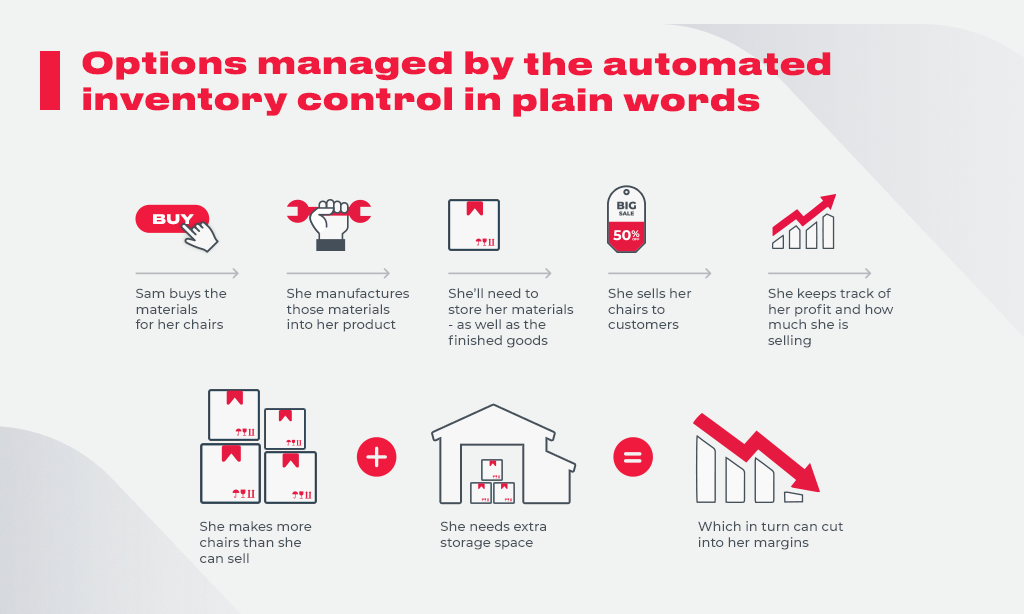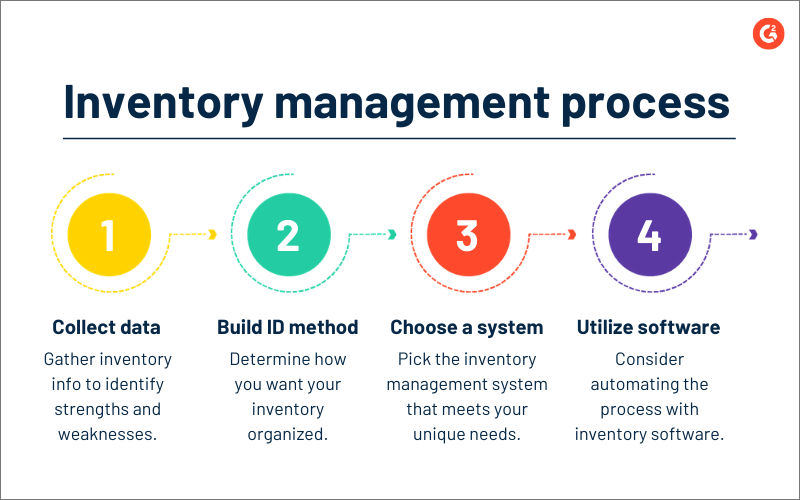The smart Trick of Inventory Management That Nobody is Discussing
Wiki Article
The Main Principles Of Inventory Management
Table of ContentsThe Greatest Guide To Inventory ManagementA Biased View of Inventory ManagementThe Ultimate Guide To Inventory ManagementThe Only Guide for Inventory Management
There are two main approaches of maintaining track of supply: periodic and also perpetual. The major difference in between these is exactly how typically information is updated. Despite exactly how commonly you track stock, you may intend to use among the adhering to supply monitoring techniques: ABC Analysis, ABC (Always Better Control) Evaluation is inventory administration that divides various products right into three classifications based upon rates and also is separated into teams A, B, or C.The items in the B group are relatively cheaper compared to the A category. As well as the C group has the cheapest items of all 3. EOQ Design, Economic Order Quantity is a strategy made use of for planning and buying an order quantity. It includes deciding concerning the amount of supply that should be positioned in supply at any type of provided time. Inventory Management.
FSN Technique, This technique of inventory control refers to the process of keeping an eye on all the products of supply that are not used often or are not needed all the time. They are then classified right into three various classifications: fast-moving stock, slow-moving stock, as well as non-moving stock. JIT Approach, In the nick of time stock control is a procedure made use of by suppliers to regulate their stock levels.

Facts About Inventory Management Uncovered
VED Evaluation, VED is a strategy utilized by organizations to manage their stock. It primarily relates to the administration of important and desirable spare parts. The high level of supply that is needed for production usually justifies the reduced supply for those components. One of one of the most critical aspects that a company should think about is the precision of the details presented in its supply databases.Wrike's item launch automation assists speed up item launches with a structured approach.


The Best Guide To Inventory Management
Inventory administration describes the procedure of ordering, storing, utilizing, and marketing a business's inventory. This includes the administration of raw materials, components, as well as ended up products, as well as warehousing as well as processing of such things. There are various kinds of supply monitoring, each with its benefits and drawbacks, relying on a business's needs.Stock administration tries to successfully simplify supplies to stay clear of both excess and also scarcities. 4 significant supply administration approaches consist of just-in-time management you can try this out (JIT), products need planning (MRP), financial order quantity (EOQ), as well as days sales of supply (DSI). There are benefits and drawbacks to every of the techniques, examined below. A company's stock is just one of its most useful possessions.
A scarcity of stock when and also where it's needed can be very destructive (Inventory Management). At the exact same time, supply can be assumed of as a responsibility (otherwise in an audit feeling). A big inventory brings the danger of spoilage, theft, damages, or changes popular. Inventory should be guaranteed, as well as if it is not offered in time it may have to be dealt with at clearance pricesor simply ruined.
Little services will typically keep track of stock manually and identify the reorder factors as well as amounts making use of spreadsheet (Excel) solutions.
Unknown Facts About Inventory Management
Ideal stock administration methods vary depending on the market. An oil depot has the ability to save big amounts of supply for extended amount of times, enabling it to wait on demand to get. While saving oil is expensive as well as riskya fire in the U.K. in 2005 resulted in millions of pounds in damages and also finesthere is Get the facts no risk that the inventory will ruin or go out of style.For companies with complicated supply chains and also manufacturing processes, balancing the risks of supply excess as well as lacks is especially challenging. To achieve these equilibriums, firms have developed a number of methods for stock management, consisting of just-in-time (JIT) and products demand planning (MRP). Some companies, such as monetary services firms, do not have physical inventory therefore has to count on solution process monitoring.
Supply needs to be literally counted or determined prior to it can be placed on an why not check here annual report. Firms typically keep advanced inventory administration systems capable of tracking real-time inventory levels. Stock is represented utilizing among three methods: first-in-first-out (FIFO) costing; last-in-first-out (LIFO) costing; or weighted-average costing. A supply account usually contains 4 different classifications: Raw materials stand for various materials a company acquisitions for its manufacturing process.
Operate in procedure (also called goods-in-process) stands for resources in the process of being transformed right into a completed product. Ended up items are finished products conveniently offered for sale to a company's clients. Goods represents finished goods a business purchases from a distributor for future resale. Depending upon the sort of company or item being evaluated, a company will make use of numerous inventory management methods.
Report this wiki page